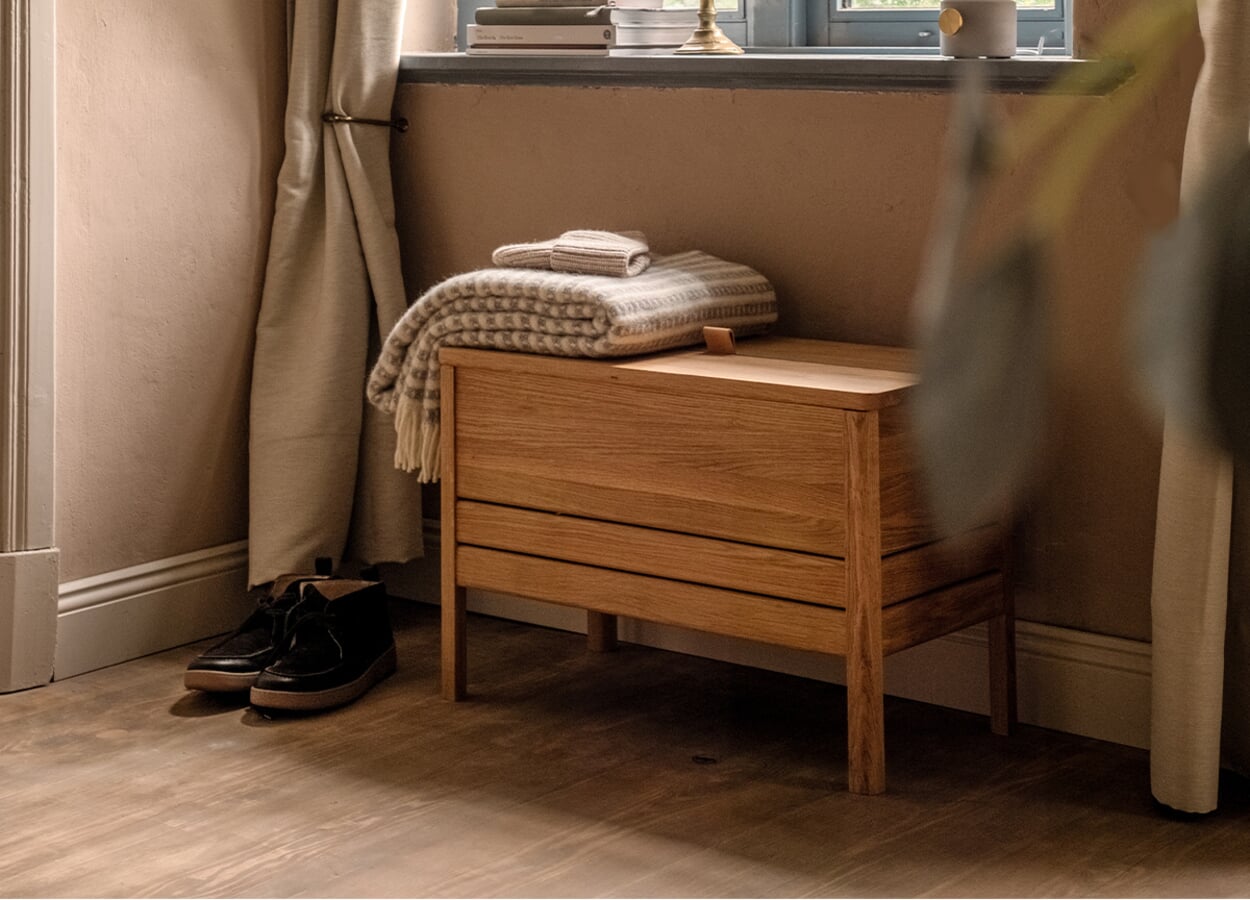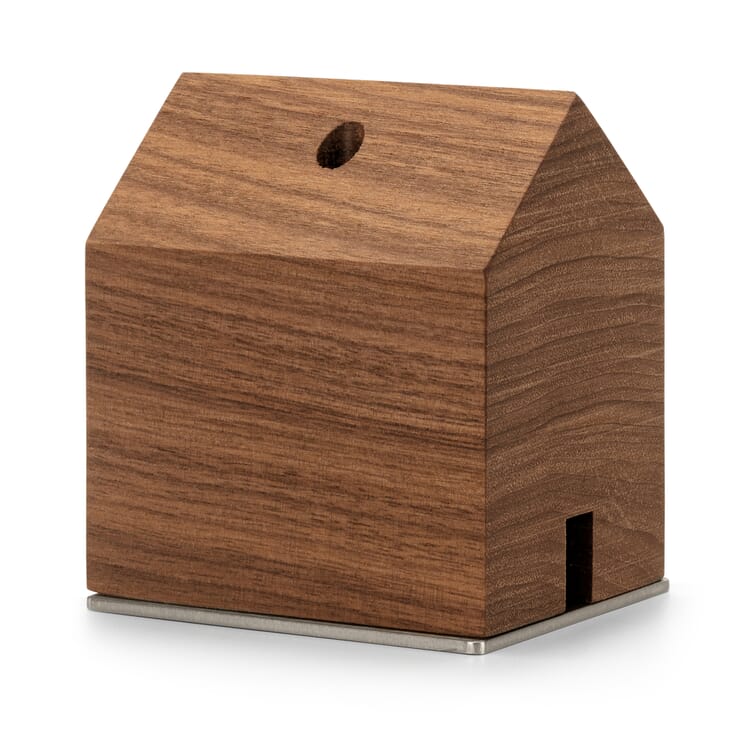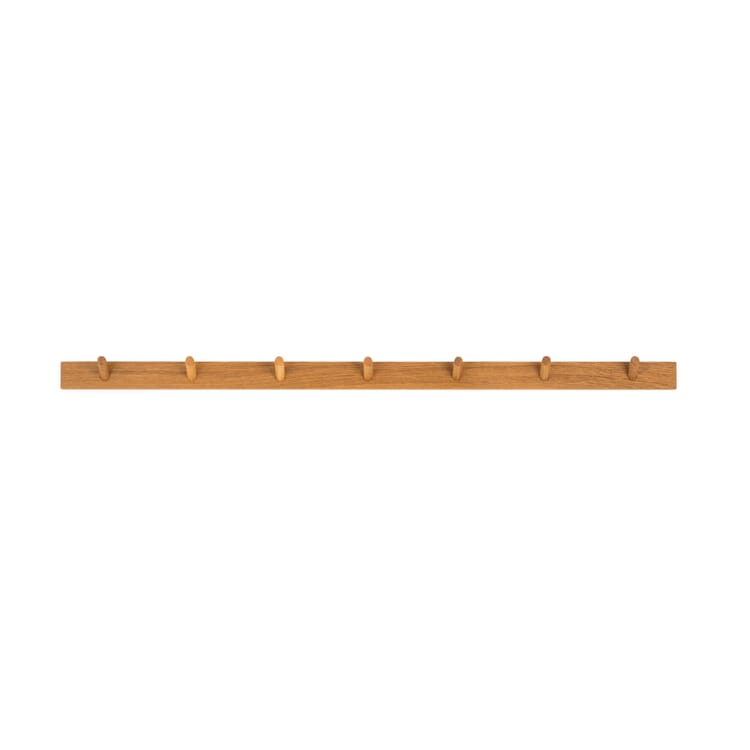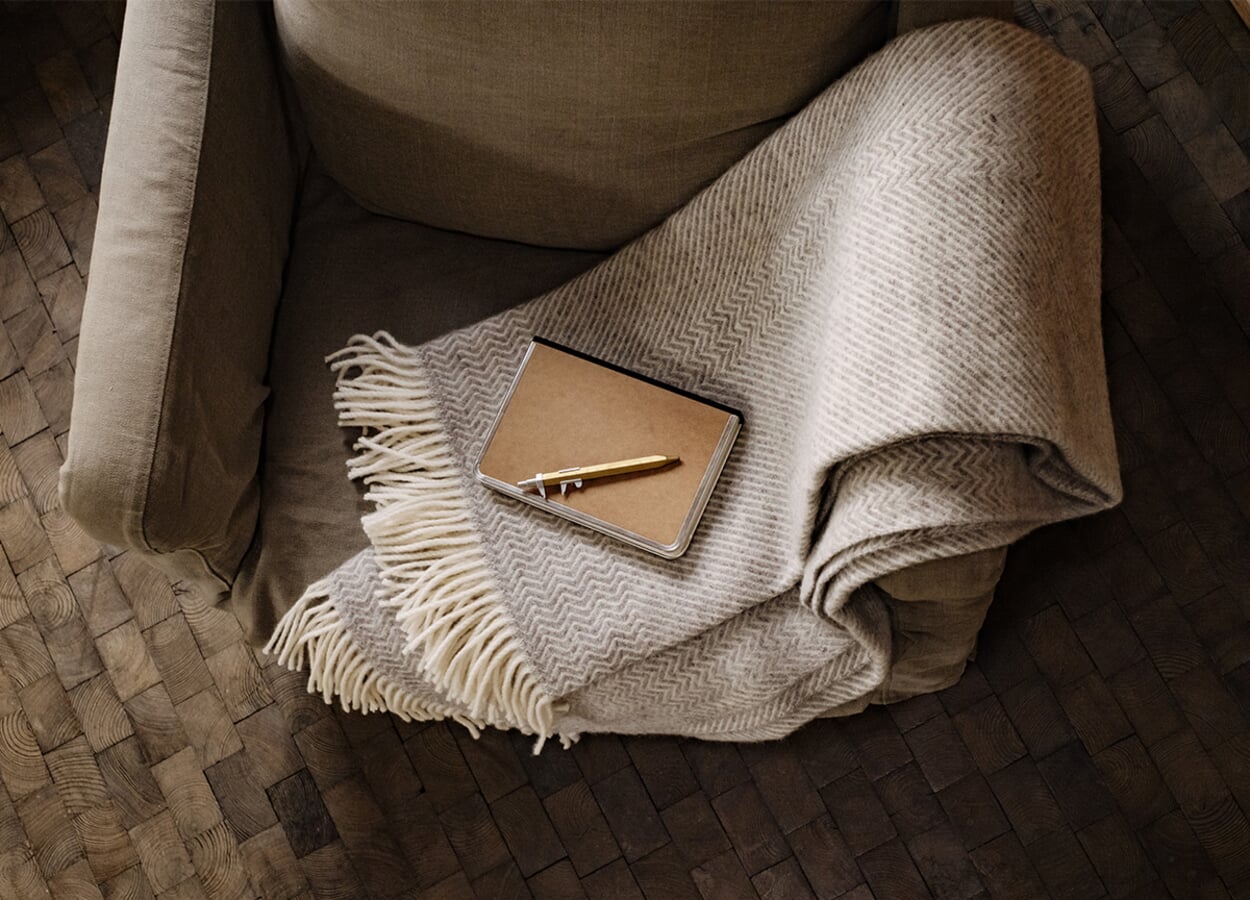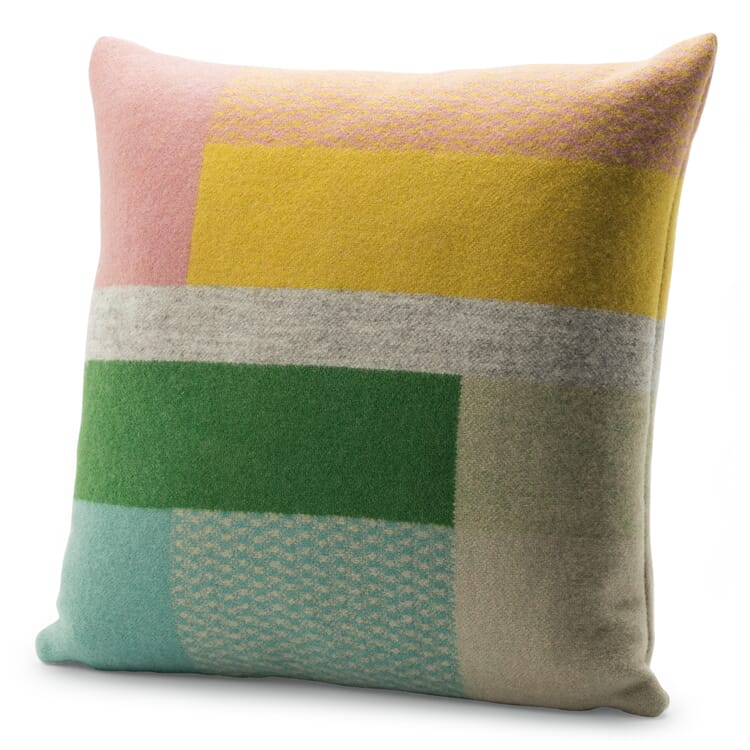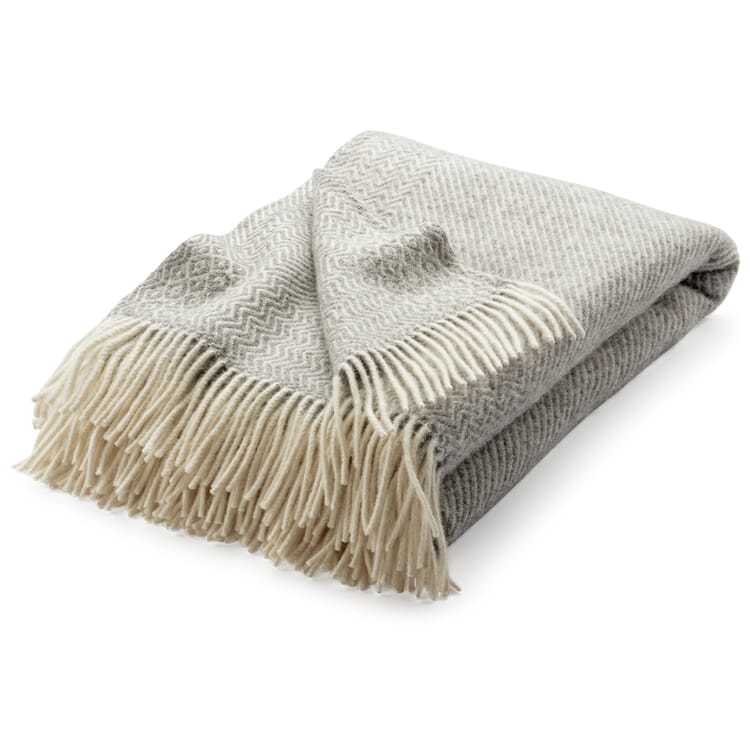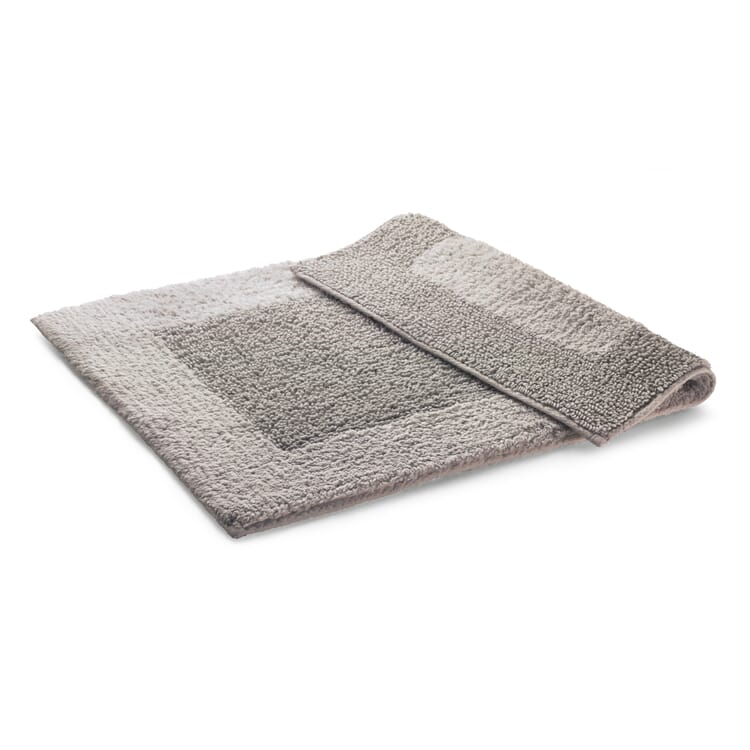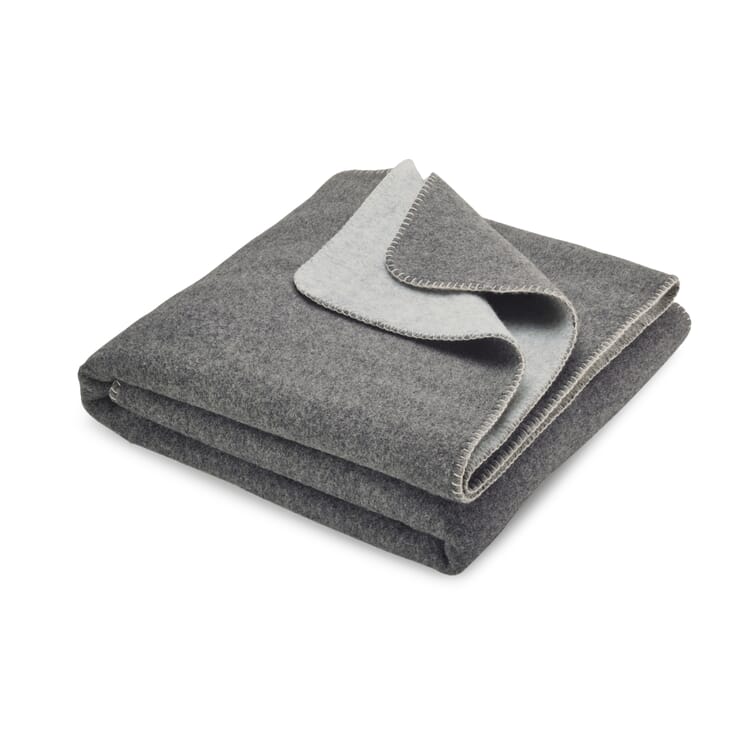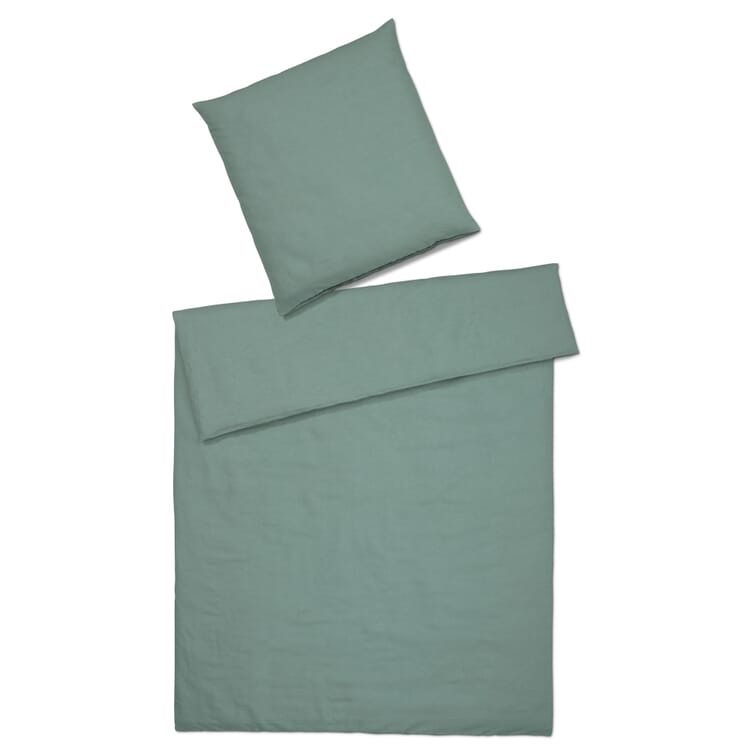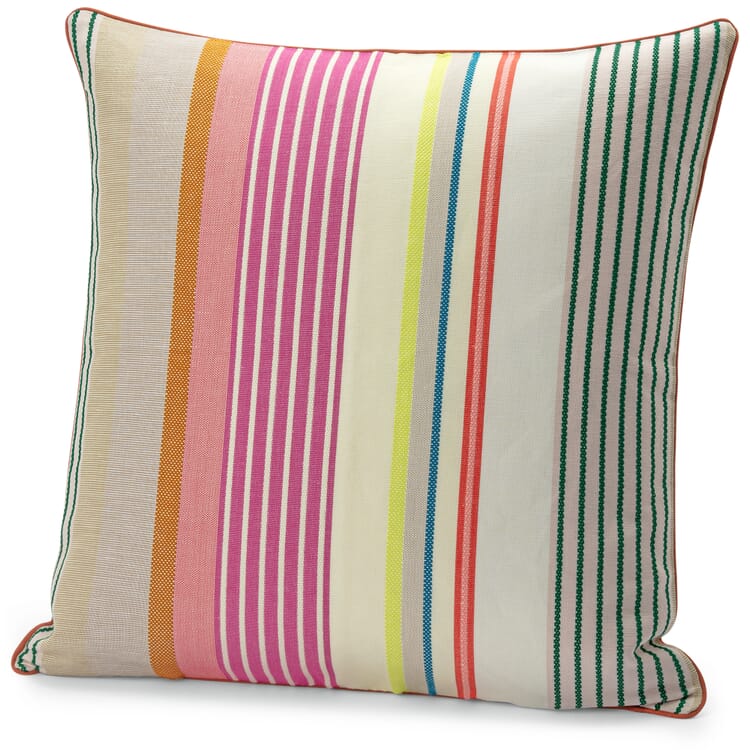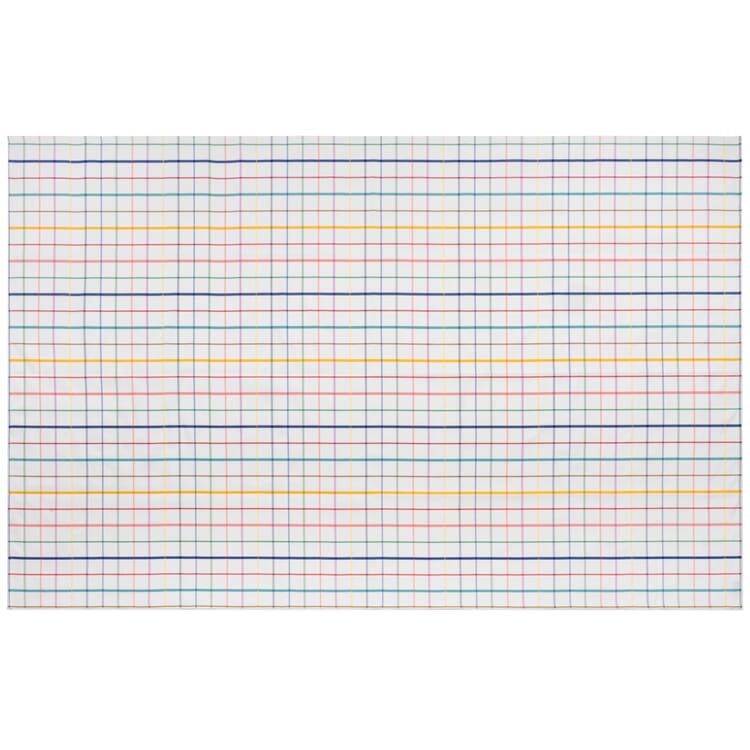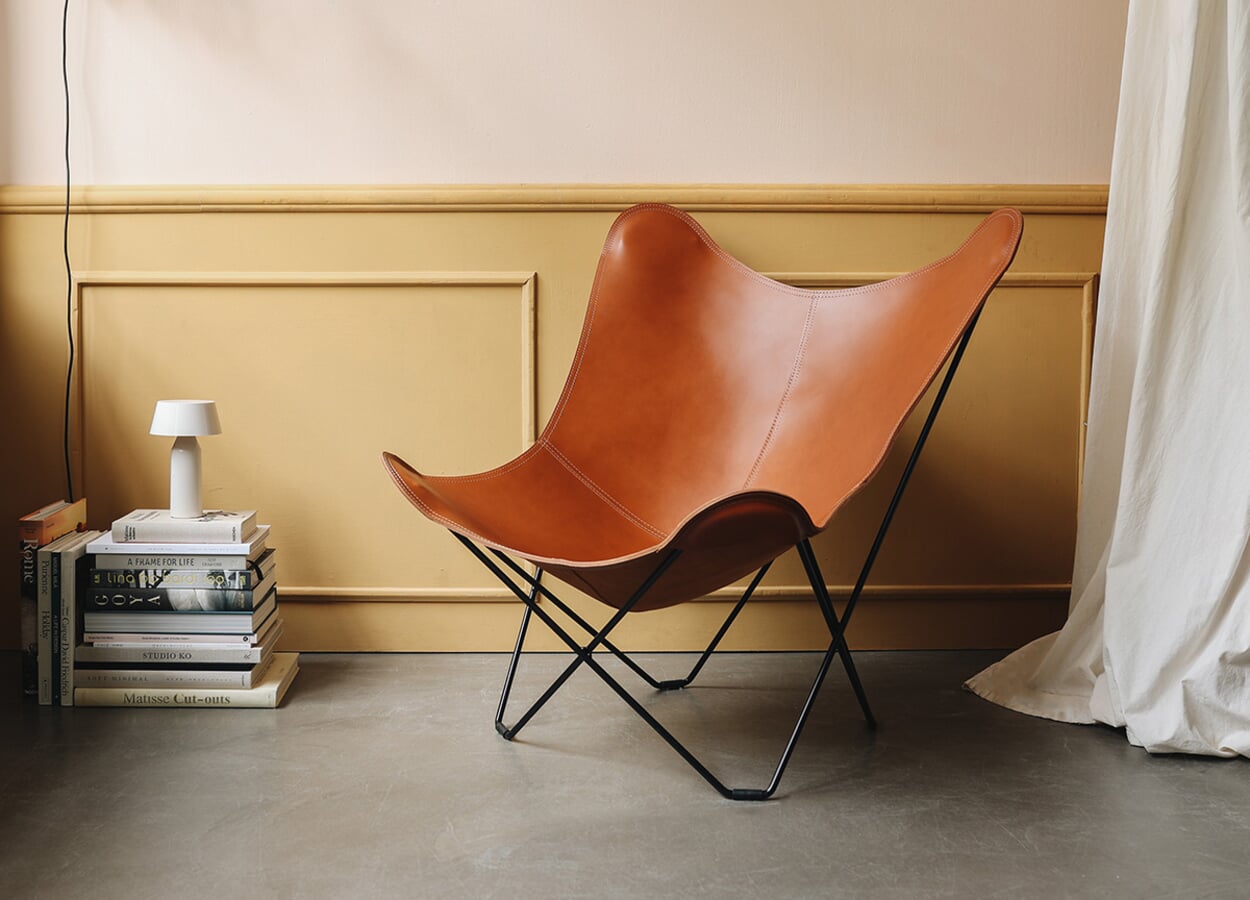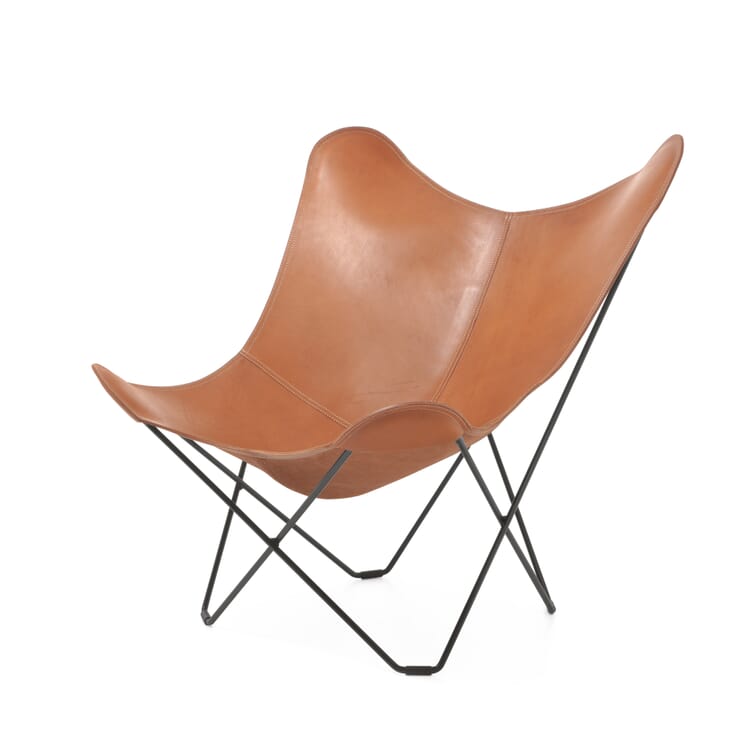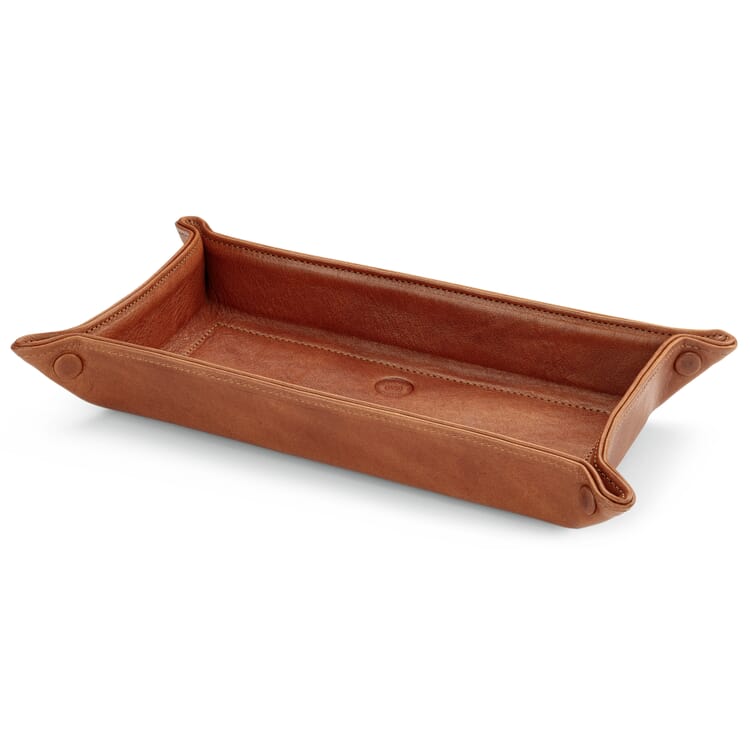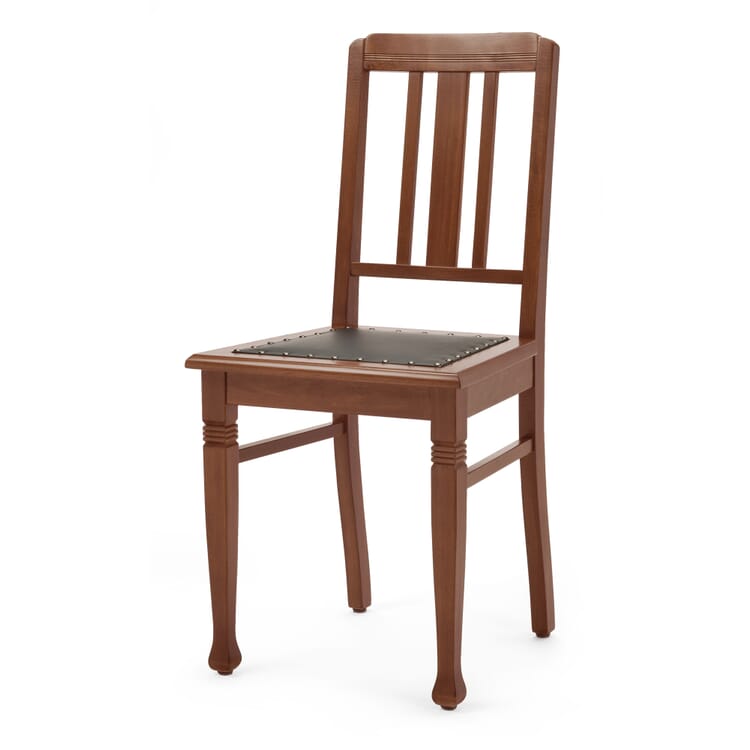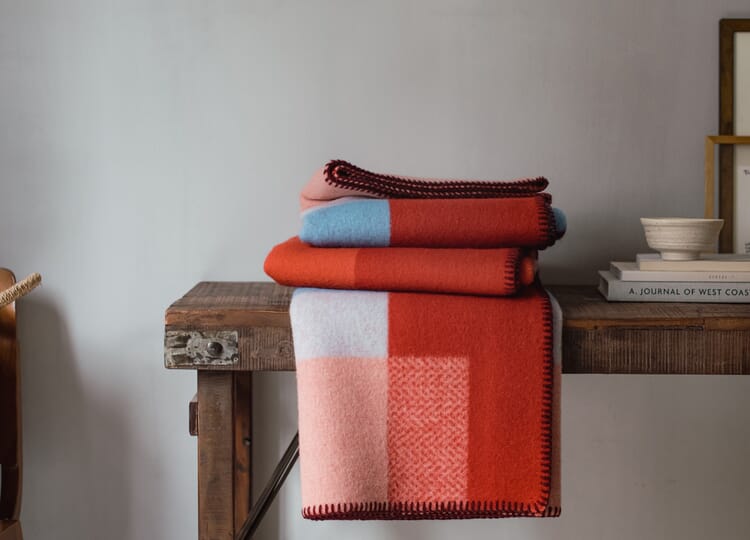Breathe deeply. Living with natural materials
The climate in the rooms we spend time in every day has a major impact on our quality of life. Room temperature, oxygen content and humidity (both too low and too high) have a direct influence on our well-being. With their many positive properties, natural materials contribute to a balanced indoor climate in which you can breathe freely. In most cases, they can easily be returned to the material cycle. Above all, however, products made from natural materials are durable and furnishing heroes if they are manufactured with resources and the environment in mind. Discover the furniture, home accessories and home textiles in our range with which you can furnish your home in a stylish and functional way.
Durable, distinctive and unique. Furniture and accessories made of wood
As a natural material, wood brings with it many positive properties. By nature, it offers high strength. Outdoors, its weather resistance is important; indoors, especially with open-pored wood, it contributes to a pleasant indoor climate. In the living area, it is therefore traditionally used for small and large constructions - from stools to shelf walls. Domestic woods with good ecological balance, selected according to the intended use, are an excellent alternative to tropical wood. Thanks to its unique grain, wood makes each product made of it unique.
Natural material with cuddle factor
Virgin wool, alpaca or yak hair - woven and knitted fabrics made from materials like these are naturally supple, remain wrinkle-free and drape beautifully. Thanks to the wavy, air-trapping and thus insulating fiber structure, wool textiles are warm in winter and pleasantly cooling in summer. Wool also has a regulating effect because it can absorb a lot of moisture and quickly wick it away again. On the other hand, wool hardly accepts dirt and odors. Washing wool textiles is therefore usually not necessary, it is usually sufficient if you briefly air out blankets, pillows and co.
Easy to care for by nature. Linen
Flax is obtained from the flax plant, which is naturally frugal and easy to care for. In cultivation, flax or common flax is robust, improves the soil and requires almost no fertilizers or pesticides. As a light, air-permeable material with a pleasant feel, linen is primarily processed into clothing and home textiles. Its valuable properties are particularly evident in the warmer seasons. Linen bedding, for example, feels pleasantly cool on the skin because the fibers can absorb a lot of moisture and release it again quickly. Linen is also kind to the skin and, appreciated by allergy sufferers, dust and pollen repellent.
Strong, stronger, leather
In most areas where leather is used, cowhide is used. Split into several layers after tanning, the thinner, slightly stretchy and supple leathers are preferred for clothing and shoes. High-quality full cowhide, on the other hand, offers high tensile strength and is used to make belts, for example. Exceptionally durable, tear- and abrasion-resistant, medium-weight cowhide grades are predestined for the production of high-quality seating furniture - from desk chairs to sofas.
Recommended Topics
Below, we have compiled more detailed information on the materials that are preferably used in our products. Learn more about their properties, benefits and manufacturing processes. We also provide you with tips on care.
View moreOn average, you spend seven to eight hours in bed every day. At least when things are going well. That's a third of the day and therefore also a third of your life. The bedding you use has a big influence on your well-being, and not just visually ...
View moreIn the narrower sense, wool blankets are made of pure sheep's wool. In addition, at Manufactum you will also find high-quality wool blankets in the broader sense, for which fine, boned animal hair is processed: strong yak or camel hair, soft alpaca hair or fine cashmere.
View more


